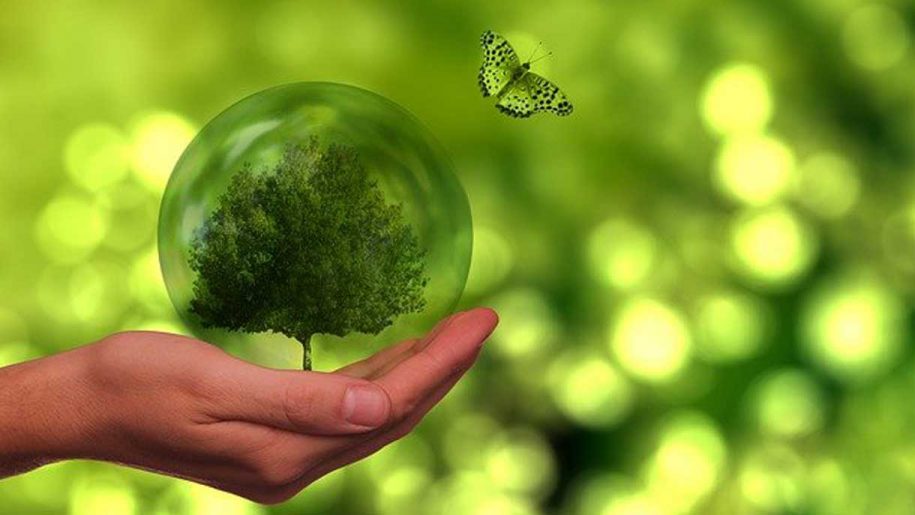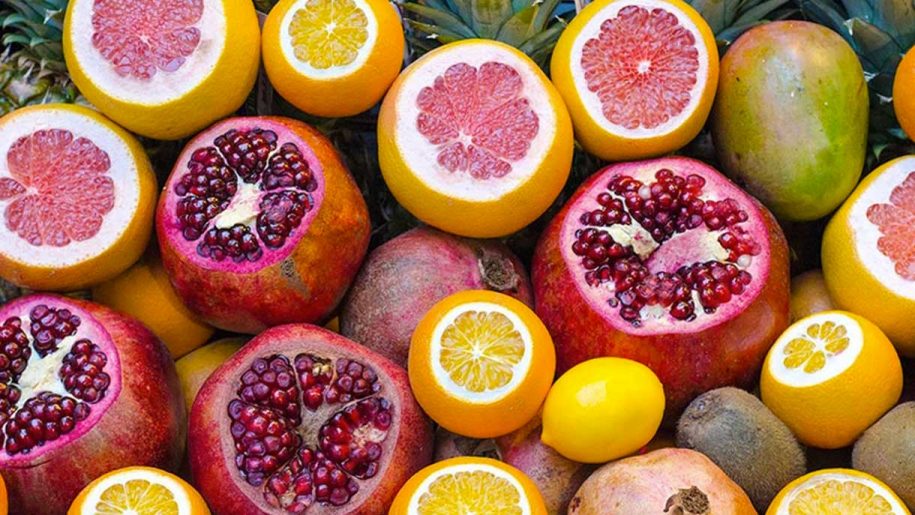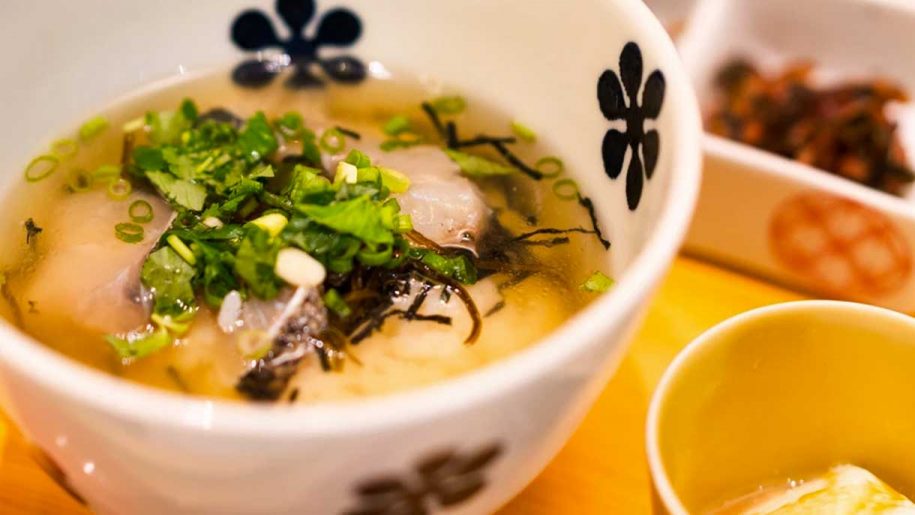
Is a Sustainable Lifestyle Really Possible?
I run a women’s empowerment group and sustainability organisation in Rishikesh and for years, I have asked myself this question: ‘How sustainable is my own lifestyle?’
When I sat down to calculate how sustainable my lifestyle really is, I realised that actually I was probably a big carbon footprint creator. Technology, electricity, transport, clothes, food packed in plastics, exports and imports were some of the categories in which I was not totally sustainable, I figured.
When you come to think of it, this is a depressing situation – the fact that all of us are not really able to walk our talk, even though our ideals may be good. Well, at least there is honesty in my words and thought processes. And isn’t honesty not a part of sustainability?
If we look at the ancient tradition of Ayurveda, our purpose of life is based on Dharma and the ultimate Dharma is non-violence. Sustainability is an aspect of non-violence. It is how our ancient societies lived.
What can we do now if we are to strictly live a sustainable life? Can we live in a cave in a jungle and eat berries and leaves? How is this possible with all the desires we have grown accustomed to? Again, Ayurveda recognises that we naturally have desires but these need to be based on non-violence.
I am certainly not ready to live the cave or jungle life. I am a product of modernity and have been surrounded by modern inventions and gadgets ever since I was born. I can only aspire to walk in the direction of sustainability by pledging not to harm the earth, water and air. I walk in this direction as much as I am able to, given my earthly ideas and intellect. If I were to suppress my desires in the name of sustainability, I may develop a sustainability trauma syndrome with all the rules, I would have to follow. I coined this phrase from ‘religious trauma syndrome’ which is a syndrome caused by a guilt complex from not adhering to religious rules.
This is not to undermine the idea of discipline, which is a necessary part of a healthy body and mind but when it is in excess, the mind feels jailed and guilty and one loses joy in life. This, in turn can create stress.
Stress is a negative state causing dis-ease. Dis-ease is violence to the body and mind which can lead to negative vibrations. And negative vibrations can never be a part of sustainable living. Isn’t that a logical conclusion?
Sustainability operates on a very high level. It is a new word and did not exist in the oldest language of the world. The elements such as space, air, fire, water and earth were worshipped in traditional Indian society, along with the planets. This is ample proof that ancient India respected all elements of the environment.
All was based on Ahimsa or non-violence which is akin to modern terms such as eco, organic, natural, and biodegradable.
My conclusion is that Ahimsa is a journey, and not a static term. It is Ahimsa that leads us to health and harmony of the individual and the planet.






